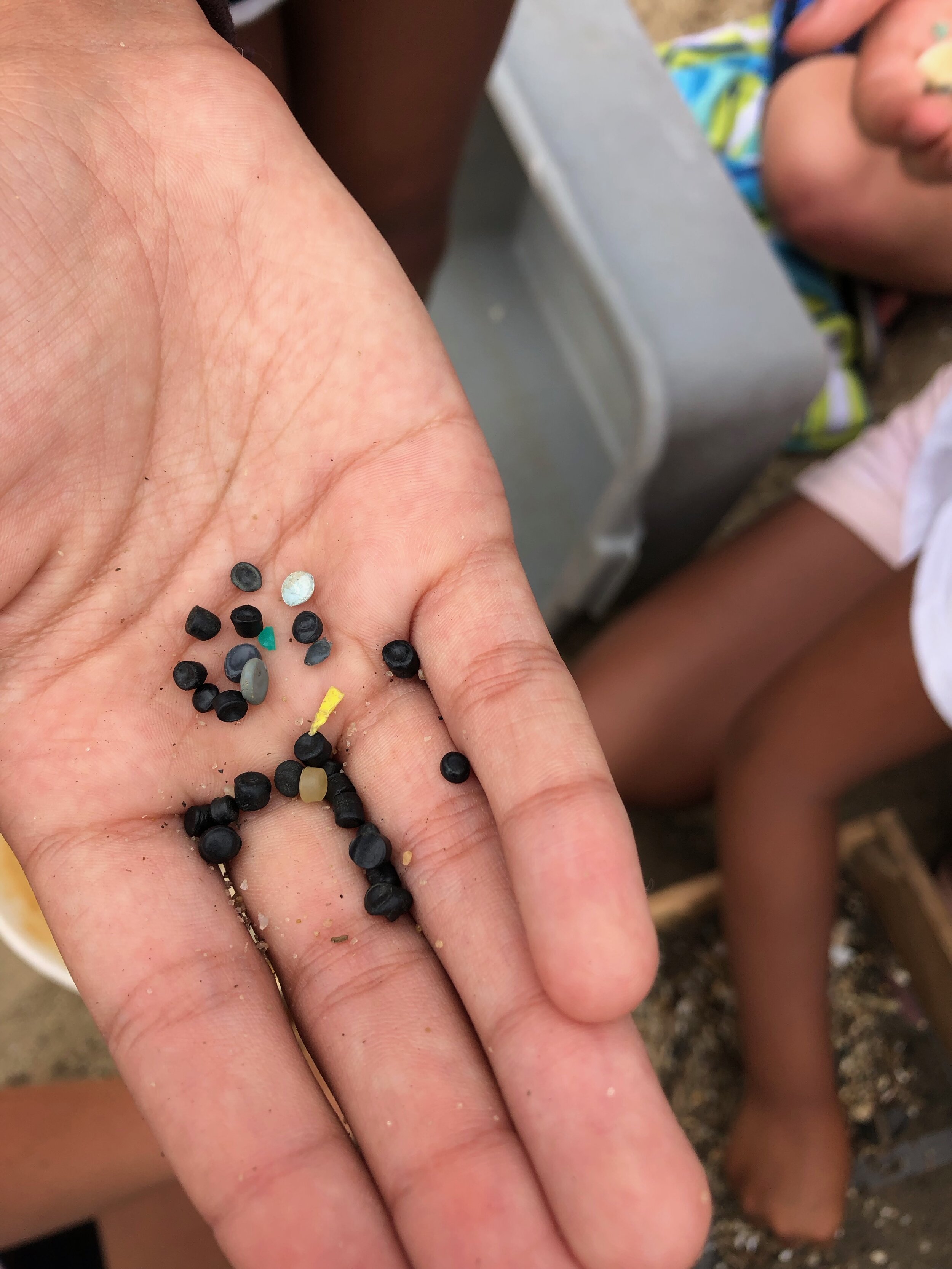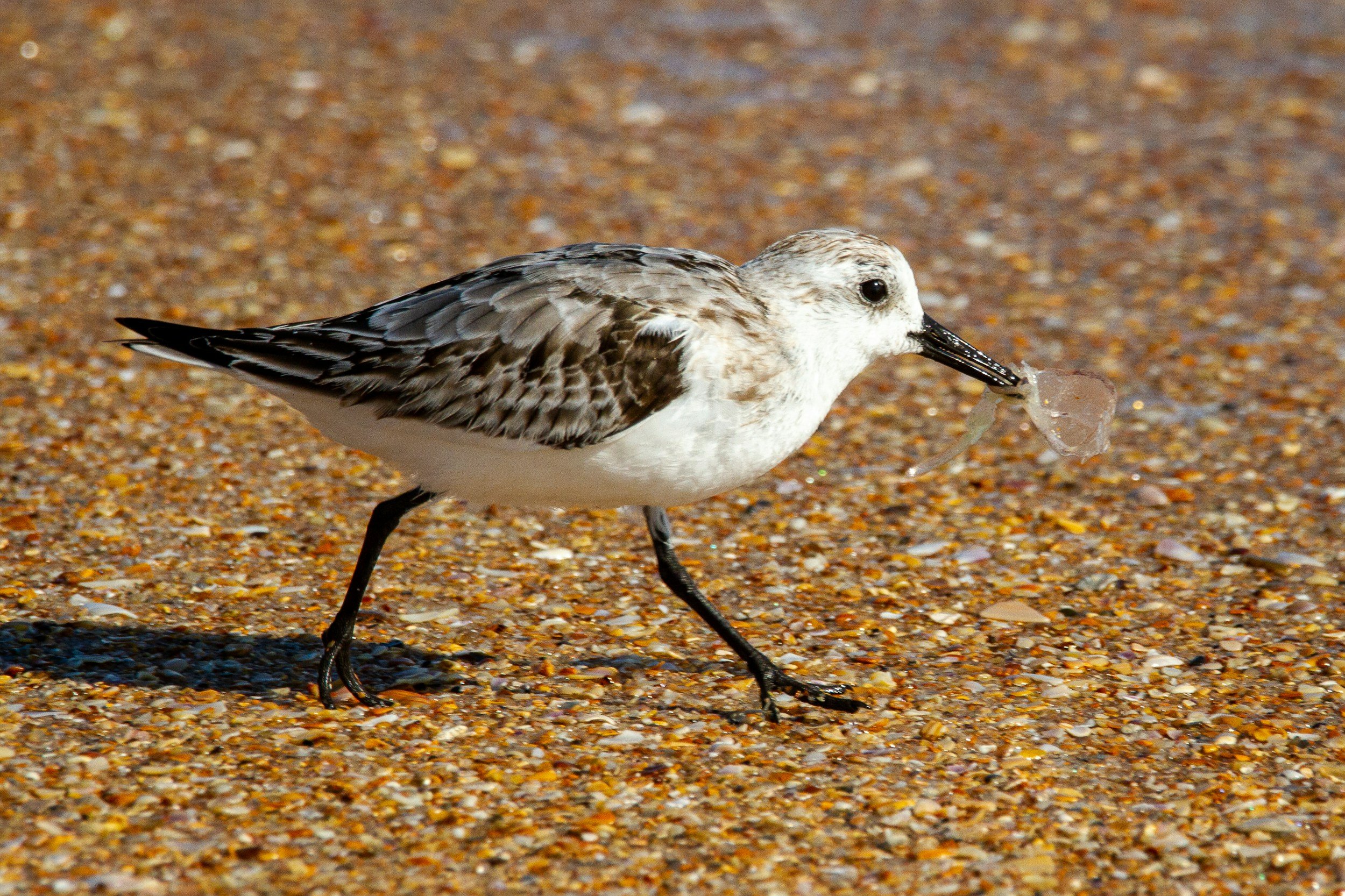MICRO-PLASTIC RESEARCH ALONG THE JERSEY SHORE.
Tiny pieces of degraded plastic, synthetic fibers and plastic beads, collectively called microplastics, have turned up in every corner of the planet—including along the New Jersey Shore! Current research suggests that juvenile fish and shellfish are ingesting micro-plastics, because many tiny bits of plastic are the same size, shape, and color as their favorite foods - plankton and algae.
Join members from Save Coastal Wildlife, The Plastic Wave Project and Save Barnegat Bay as we embark on a citizen-science project to study microplastic concentrations on beaches along the Jersey Shore.
Find Micro-plastics at Your Favorite Beach.
All interested volunteers should sign up here: https://forms.gle/joSNVwzPoyE2KLRK6
You can also access the sign-up sheet and more information here: https://www.plasticwaveproject.com/microplastics
All volunteers are also required to sign the volunteer waiver prior to the start of the project.
Join Save Coastal Wildlife and Plastic Wave Project conduct microplastic research along the Jersey shore. More information on this pilot study here: https://...
What are Microplastics?
Microplastics are less than five millimeters in length (or about the size of a sesame seed). Microplastics come from a variety of sources, including from larger plastic debris that degrades into smaller and smaller pieces. These tiny particles easily pass through water filtration systems and end up in the bay and ocean, posing a potential threat to aquatic life.
Microplastics are small plastic pieces
Don’t Forget Nurdles!
Countless nurdles are used each year to make nearly all our plastic products, including fleece jackets and vests, but many end up washing up onto our coast. Spills from tanker ships and mishandling by industry can mean nurdles end up in our estuaries and oceans.
Unlike large pieces of plastic, nurdles are so small that they largely go unnoticed by the public. They can easily blend in with beach sand. They often appear as tiny pebbles or grains of sand. Scientists are now becoming increasingly concerned about their effect on human health and our coastal ecosystem.
Nurdles are small plastic pellets about the size of a lentil.
Micro-plastic beach monitoring at Plum Island, Sandy Hook National Recreation Area, New Jersey.
Further Reading:
Sanderling with a piece of plastic.








